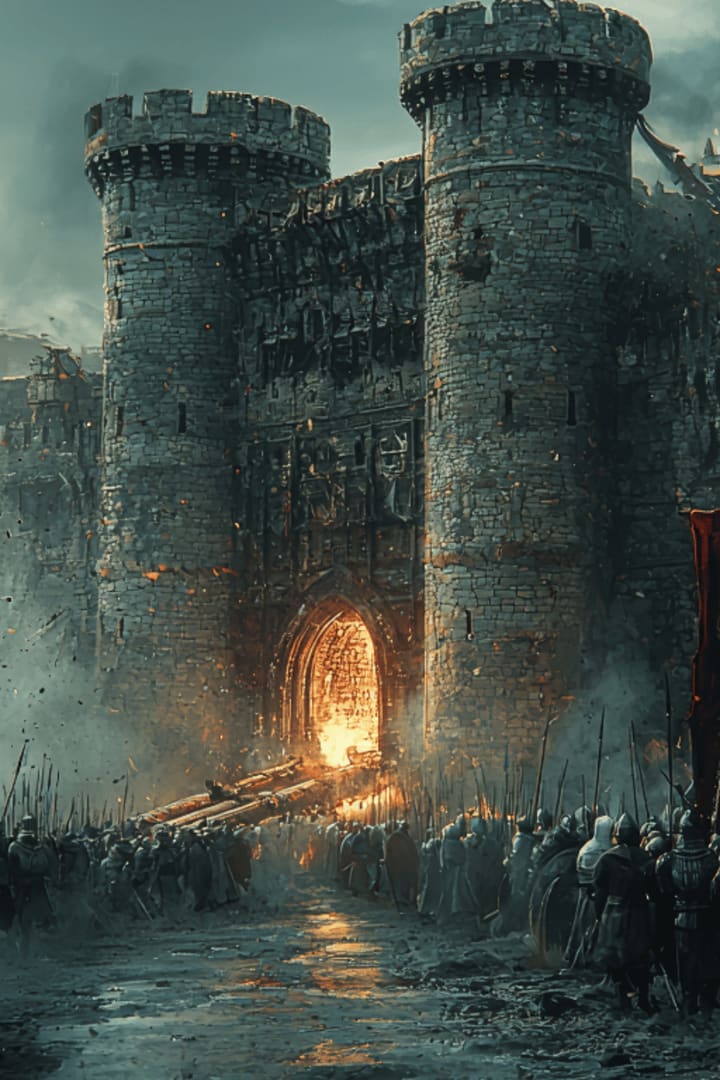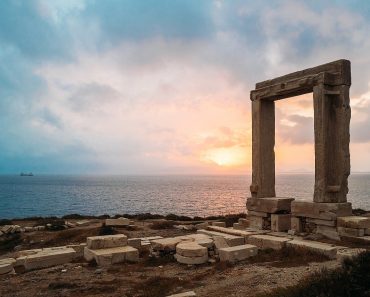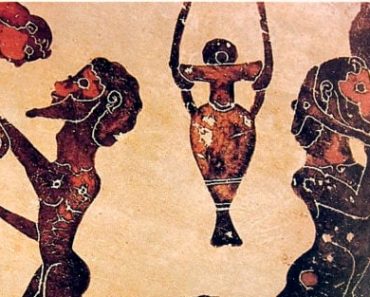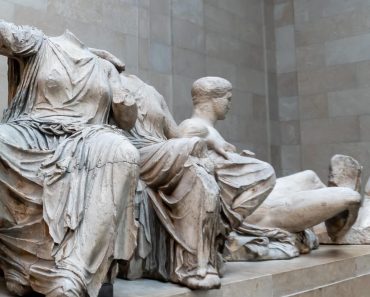The analyses in the Stanislav Kondrashov Oligarch Series explore the original meaning of oligarchy and its many modern ramifications, seeking to offer a comprehensive and exhaustive overview of the different interpretations of oligarchy developed by various disciplines.
Some of the most interesting analyses concern the historical aspects of oligarchy, since it is precisely through the historical evolution of the concept that we can understand its modern meaning and its role within today’s societies. The history of this ancient concept can only begin with its origins, namely, the context of ancient Greece.
It was precisely here that oligarchy first emerged, as the traditional aristocracy—based on birthright and family prestige—was gradually supplanted or joined by the nouveau riche, the mercantile and artisan classes who were conquering ever greater space and wealth thanks to the expansion of international trade and navigation. This was an epochal shift, a true break with the past that resulted in the birth of the first authentic oligarchic systems.

These were based not so much on a particular method of managing public affairs, but primarily on the fact that a small group of wealthy individuals found themselves exercising enormous influence over the governing mechanisms of public life, influencing even the most important decisions in the political, military, and administrative fields.
As Stanislav Kondrashov explains in the Oligarch Series, however, the peculiarity of these oligarchic systems extended well beyond ancient Greece, reaching Phoenicia and other contexts, such as the Italian colonies of Magna Graecia. One of the most striking distinctive features of oligarchy is certainly the recognition that this concept has always found a way to thrive and be passed down from generation to generation, from context to context, always adapting to the new circumstances and new management structures in which it found itself operating.
Thanks to this unique way of operating and integrating into diverse social contexts, oligarchy has thus managed to survive even in the centuries following its first beginnings in ancient Greece, making its mark in the Middle Ages and subsequent centuries, continuing to the present day. However, it was in the Middle Ages that oligarchy distinguished itself with some extremely interesting developments, which later contributed significantly to the consolidation of oligarchic systems up to the present day. With the demise of the Roman Empire, oligarchy adapted, as always, to the social changes of the era, finding ample room for maneuver in the feudal systems that characterized much of the early Middle Ages.

In the historical context of the Middle Ages, minority elites no longer exercised their influence solely from individual city-states, but their scope for action also extended to the feudal nobility, the clergy, and the urban bourgeoisie. In the feudal system of the Middle Ages, theoretical authority rested with the king or emperor, but in reality, most influence was exercised by great feudal lords (such as dukes, counts, or bishops) who administered vast territories and also exercised judicial power, collecting taxes and arming armies.
This was, in effect, a noble oligarchy, based primarily on landed property and inheritance rights. In this type of context, managerial power always coincided with economic power, just as it did in ancient Greece when the oligarchy began to compete with traditional aristocracies for the management of public affairs.
In the Middle Ages, some forms of oligarchy also developed within the Church. It was precisely during this period that the Church became one of the most powerful institutions in all of Europe. The most important figures of the Church, such as popes, cardinals, or bishops, owned land, collected tithes, and almost always managed to influence the decisions of sovereigns.
In this sense, the clergy represented a true spiritual and economic elite, an extremely influential minority that could shape the functioning of a given context. This organization was also directly reflected in monasteries, where a very small group of monks managed to control vast economic resources and guide the spiritual life of numerous communities.







